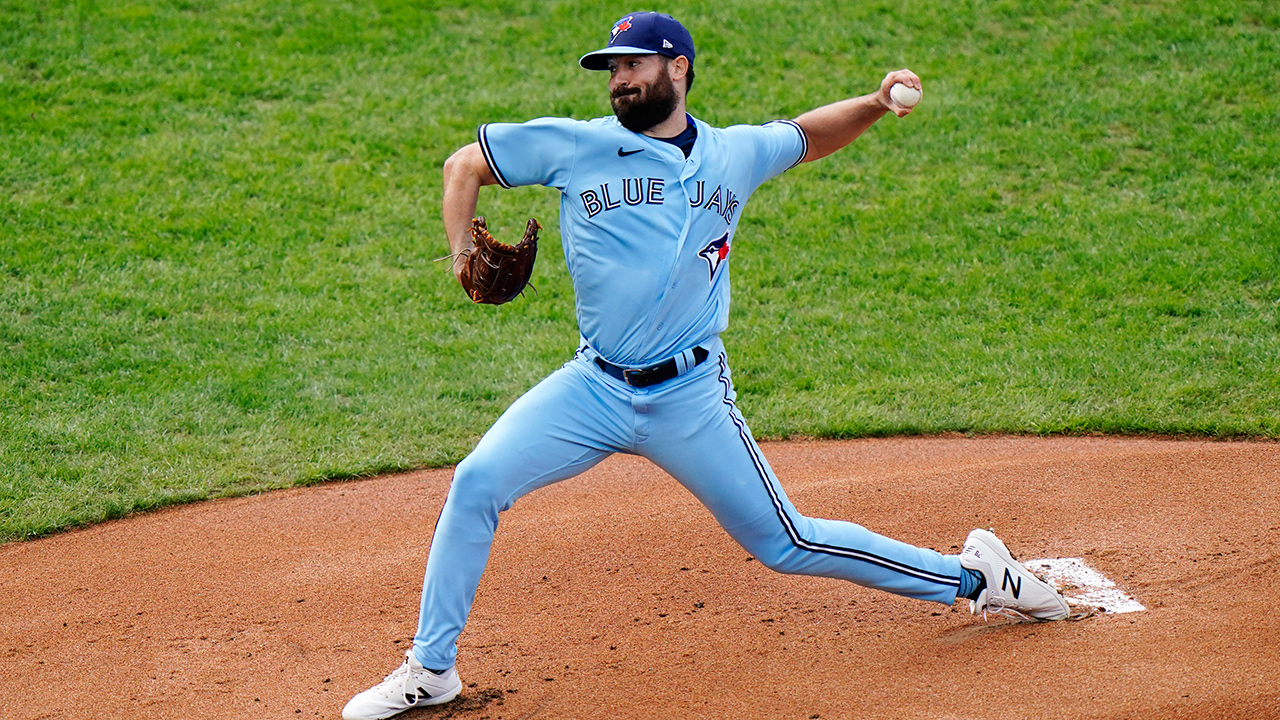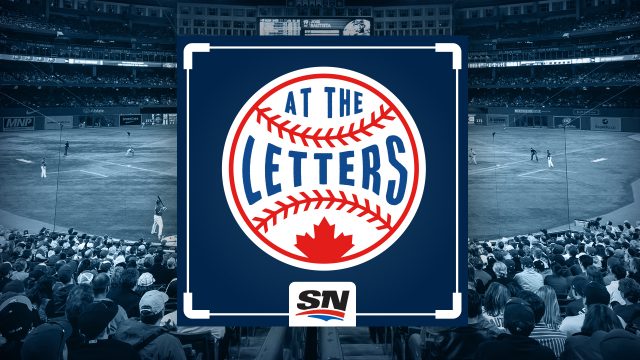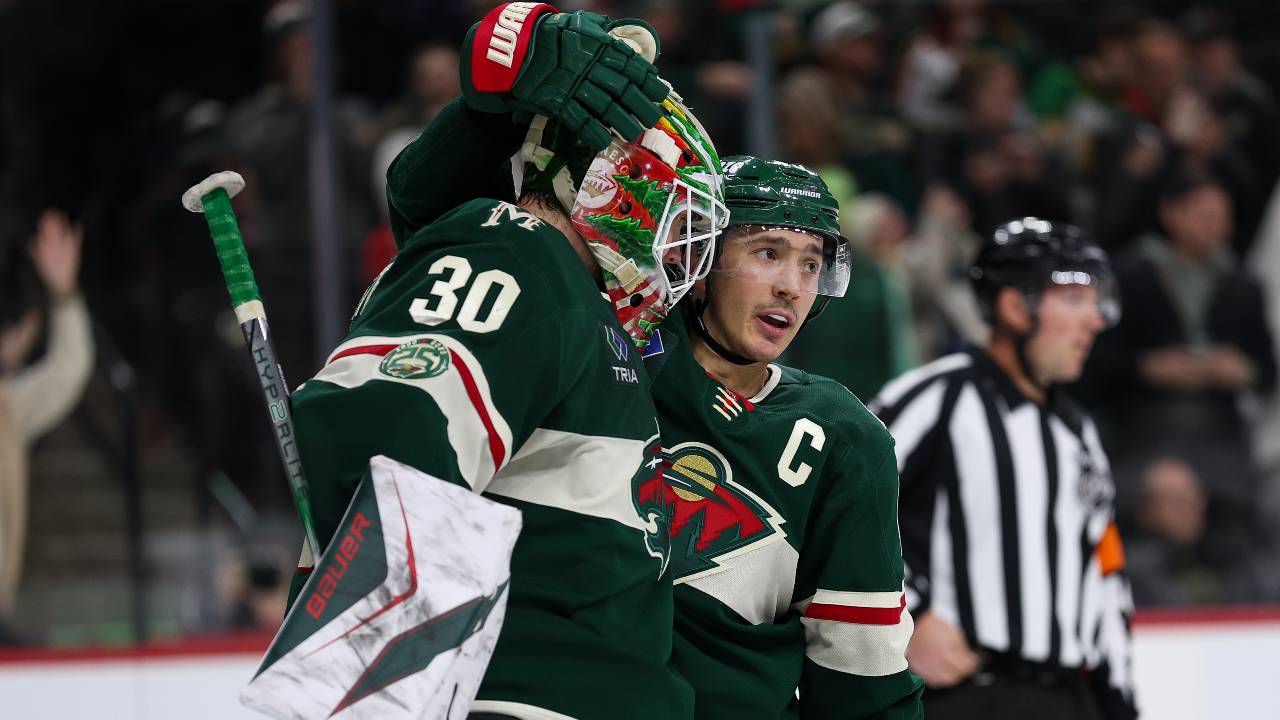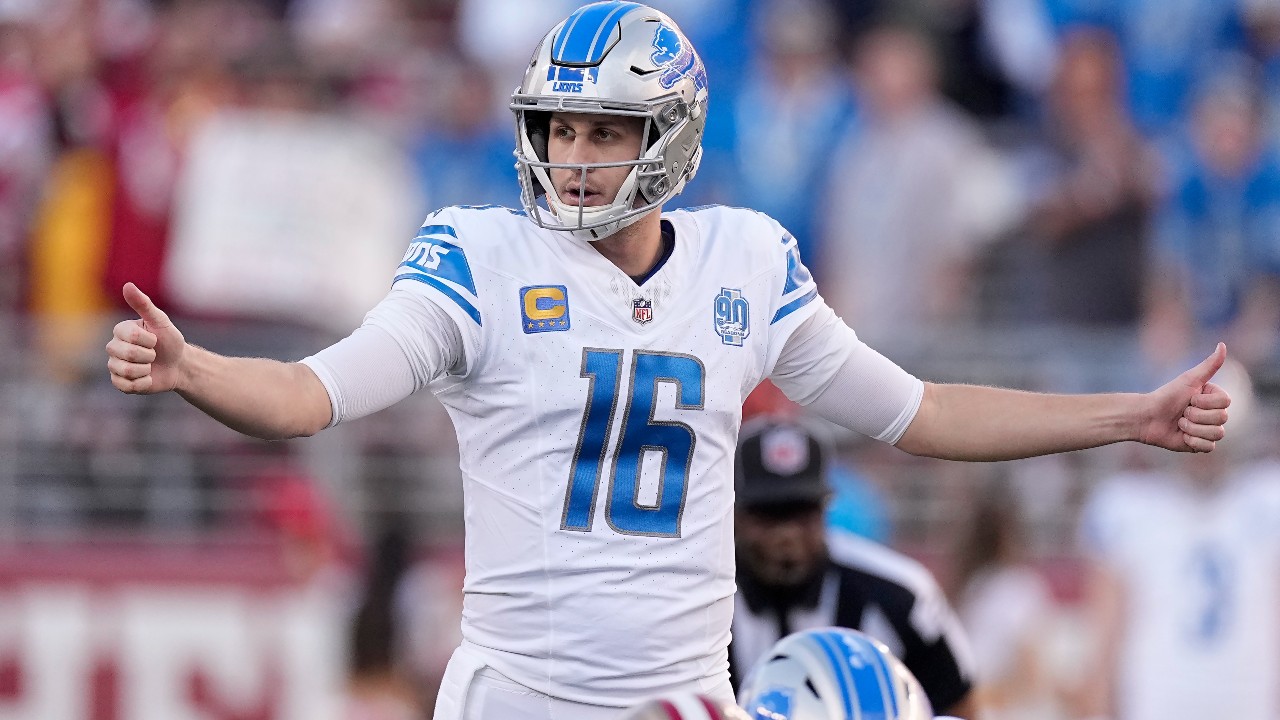
The first MLB off-season since the onset of the COVID-19 pandemic threatens to be a difficult one for the industry.
After a season in which fans couldn’t attend games in person, there are already hints that teams will spend less freely than usual. For example, we’ve seen teams decline relatively modest club options for the likes of Brad Hand ($10 million), Kolten Wong ($12.5 million), Mike Zunino ($4.5 million) and Charlie Morton ($15 million) in recent days.
While each decision is perhaps justifiable on its own, many in the industry fear these moves speak to a broader push toward austerity and that a tough winter awaits most free agents.
But as small-market clubs like Cleveland and Tampa Bay attempt to shed salary, the Toronto Blue Jays are positioned to add – at least to an extent. They certainly have needs to address, even after making the playoffs for the first time in four seasons, and if recent history is any indication, they’ll check in on all kinds of free agents and trade candidates in the weeks and months ahead.
Where that leads nobody knows just yet, but here’s a closer look at some of the decisions, challenges and opportunities they’ll encounter along the way.
Biggest needs
As an offence, the Blue Jays were quite good last year, ranking 11th in baseball with a 108 wRC+. Considering how young this group is, they could easily improve on that in 2021 without even adding a single position player.
At the same time, the best teams improve their strengths as well as their weaknesses. The Blue Jays should pursue offensive difference-makers this winter, and based on what general manager Ross Atkins said after the season, that possibility is on the table.
At the same time, that’s not the Blue Jays’ biggest need. Only four teams in baseball allowed more runs than the Blue Jays this past season, and many of their top pitchers are now free agents. With that in mind, Atkins and team president Mark Shapiro have pointed to strike throwing and defence as areas they’re hoping to improve.
One way or another, run prevention will likely be the top priority. If the Blue Jays are to realize their hope of becoming one of the game’s best teams, they simply can’t keep allowing five runs per game.
Adjusting the off-season calendar
In some ways, the off-season calendar remains the same as ever. But there are also ways in which the mechanics of this winter will be different than anything we’ve ever seen.
Starting Sunday at 5:00 p.m. ET/2:00 p.m. PT, the quiet period ends and free agents can sign with any team. That’s also the deadline for teams to make qualifying offers to free agents, and those players then have 10 days to accept or decline.
As ever, teams must add Rule 5 Draft-eligible players to their 40-man rosters by Nov. 20, and have until Dec. 2 to tender contracts to their arbitration-eligible players. Eight days after that, on Dec. 10, the Rule 5 Draft will take place on the final day of the Winter Meetings.
What the Winter Meetings look like is another question. For the first time ever, the meetings will be held virtually (the upcoming GM Meetings and Owners Meetings will not be held in person, either). Technically speaking, the annual gathering hasn’t been necessary for years thanks to texting and email, and many executives will surely be relieved to avoid the chaos. At the same time, it’s been a staple of the baseball calendar, one that puts MLB in the spotlight every December – at least until now.
Option decisions
The Blue Jays have two option decisions this year, and both were relatively straightforward.
After his strong showing out of the bullpen, the Blue Jays welcomed Rafael Dolis back at a $1.5-million salary. Chase Anderson, on the other hand, is now a free agent, as the Blue Jays chose a $500,000 buyout over a $9.5-million guarantee for the right-hander, who was rather homer-prone in 2020.
Arbitration-eligible players
Relatively speaking, the Blue Jays have a small and affordable class of arbitration-eligible players. The group includes two players who are assured of being tendered contracts and at least one player who’s a non-tender candidate.
After his breakout 2020 season, Teoscar Hernandez is eligible for a significant raise as a first-time eligible player. He’s a lock to be tendered, as is Ross Stripling, who appealed to the Blue Jays at the trade deadline precisely because he wasn’t a rental. There’s a case for tendering A.J. Cole a contract, too, but Travis Shaw may well find himself on the free-agent market again after a season in which he posted a 95 OPS+.
While projecting specific salaries is near-impossible after the unprecedented 60-game schedule, MLB Trade Rumors provides a range of possible salaries for the four eligible Blue Jays:
A.J. Cole – $800,000-$1.1 million
Ross Stripling – $2.5-$3.7 million
Teoscar Hernandez – $2.7-$5.3 million
Travis Shaw – $4.2-$5.4 million
Free agents (7)
RHP Taijuan Walker
RHP Matt Shoemaker
LHP Robbie Ray
RHP Anthony Bass
RHP Ken Giles
SS Jonathan Villar
2B Joe Panik
Of all the Blue Jays hitting free agency, it’s the starting pitchers who would help this roster most going forward. With Walker, Shoemaker and Ray all hitting free agency at once, the Blue Jays have a clear need in the starting rotation. Based on comments from Atkins and pitching coach Pete Walker, the Blue Jays are open to a potential return with all three.
Payroll flexibility
Between Hyun-Jin Ryu ($20 million), Randal Grichuk ($10.3 million), Tanner Roark ($12 million), Lourdes Gurriel Jr. ($3.93 million) and Shun Yamaguchi ($3.175 million), the Blue Jays have $49.4 million in salaries already on the books for 2021. Add to that an estimated $8 million to cover the arbitration salaries of Stripling, Hernandez and Cole, plus $2 million to decline Anderson’s option while exercising Dolis’s option and you get close to $60 million.
As a young team, the Blue Jays have their share of players who aren’t yet arbitration eligible, and that could still cost the club $10 million or more. So that’s $70 million on players, not to mention insurance and pension obligations, but there should still be room to add considering the team has had an opening-day payroll of at least $110 million every year since 2013, according to Cot’s Baseball Contracts.
In a media briefing last week, Shapiro said he expects ownership to approve further spending.
“Every indication has been very strongly that they expect us to continue to pursue where we need to add to our core,” he said. “If we think the right deals are there and we make those recommendations, the resources are going to be there for us to add in a meaningful way.”
Last year, the Blue Jays showed interest in top free agents like Gerrit Cole, Yasmani Grandal, Didi Gregorius and Mike Moustakas before signing Ryu to a four-year, $80-million deal. Applying that same approach to 2020, we should expect the Blue Jays to reach out to top free agents like Trevor Bauer, George Springer and even J.T. Realmuto.
Whether those conversations convert to deals is another question, but there’s no reason not to explore possible fits with the game’s best players while simultaneously exploring trades and looking for bargains among lower-level free agents.






